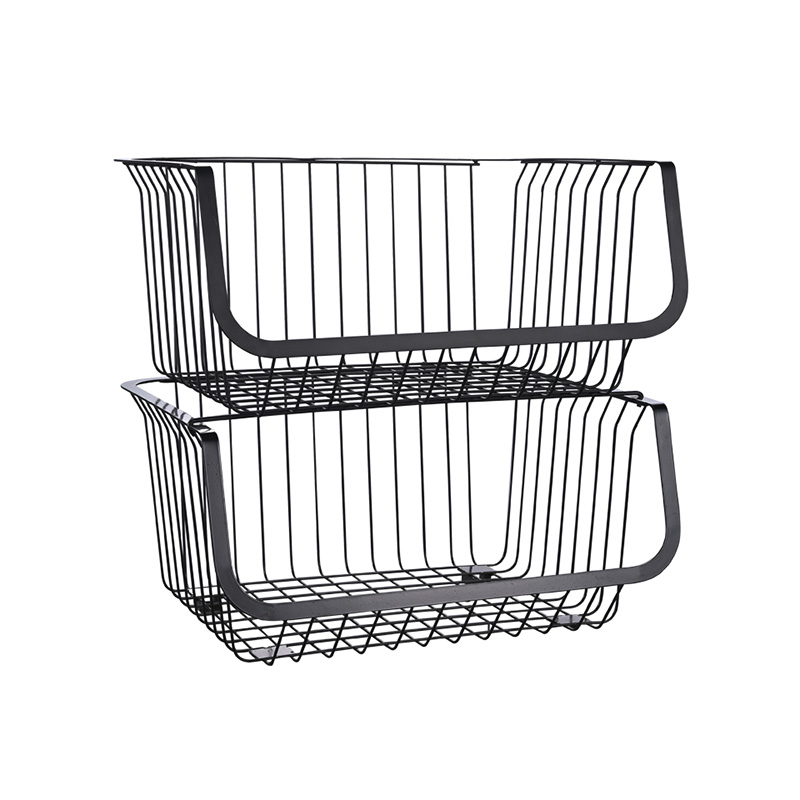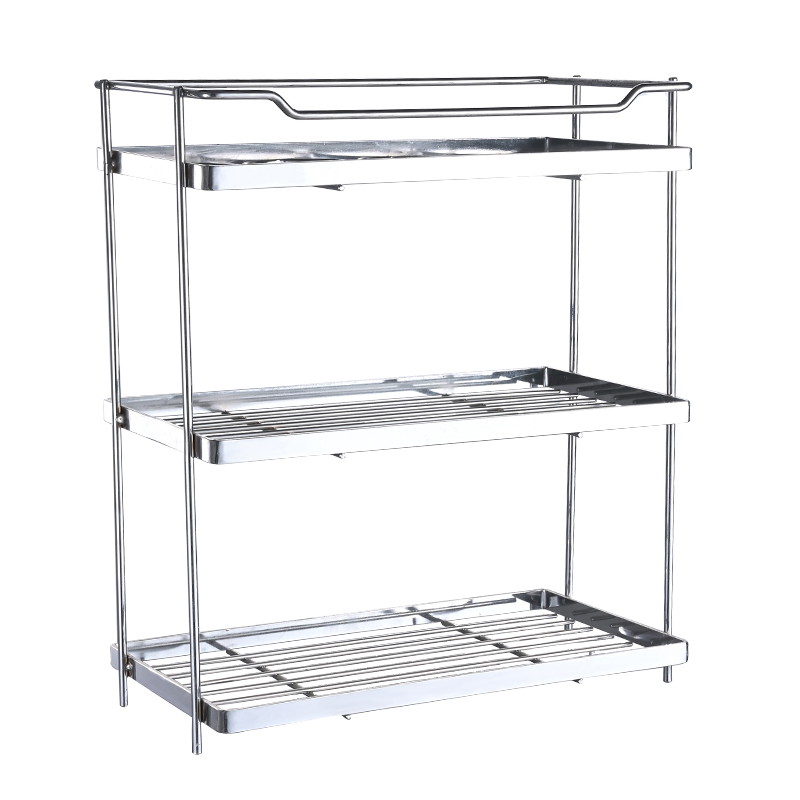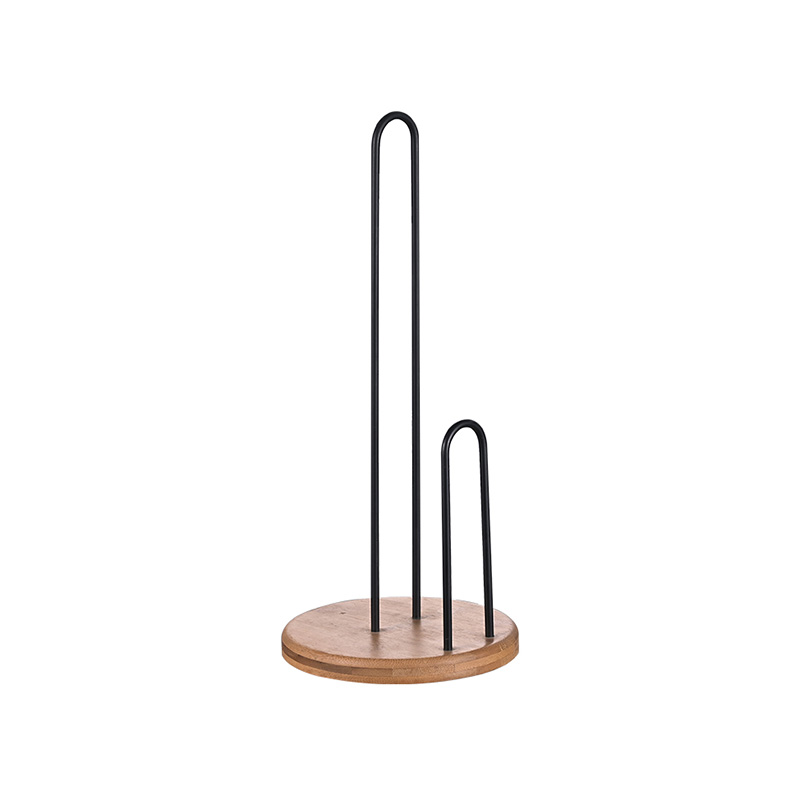Kitchen Dish Rack Materials Compared: Stainless Steel and Bamboo, and Plastic
Selecting a Kitchen Dish Rack involves a series of considerations, with the choice of material being a central factor. This decision influences not only the look of your kitchen but also the rack's functional performance in terms of hygiene, longevity, and daily maintenance. Navigating the options can be a process, as each material presents a distinct set of characteristics.

Stainless Steel: A Focus on Function and Longevity
Stainless steel is frequently chosen for kitchen utilities due to its functional properties. A stainless steel Kitchen Dish Rack is often associated with structural integrity, offering a firmness that can support a full load of dishes without bending. Its resistance to rust, particularly with grades like 304, makes it suitable for the damp environment of a kitchen. Cleaning is generally uncomplicated, as lots of models can be wiped down or rinsed without concern for water damage. The aesthetic is typically utilitarian and modern, fitting well in many contemporary kitchen settings. On the other hand, these racks can have a noticeable weight, and their design can sometimes include edges that are not completely smooth. The initial investment for a stainless steel model may also be different from other types.
Bamboo: Natural Appeal and Considerations
For those seeking to introduce a natural, warm element to their kitchen, a bamboo Kitchen Dish Rack is an option. Bamboo is a material that comes from a renewable resource, and its appearance can add a touch of organic style. It possesses a natural ability to resist bacteria and is reasonably sturdy when dry. However, the key consideration with bamboo is its interaction with moisture. Consistent exposure to water without thorough drying can advance to the development of mildew or cause the wood to crack over time. To maintain a bamboo rack, it requires a placement with good air circulation and occasional wiping to ensure it dries completely. It is a choice that balances aesthetic appeal with a need for attentive care.
Plastic: Lightweight and Economical
Plastic Kitchen Dish Racks are recognized for their lightweight and accessible price point. They are easy to move around and come in a variety of colors, allowing for some personalization in the kitchen. The material does not chip or break if dropped, which can be a practical aspect in a busy household. The functional trade-off often comes with long-term use. Plastic can become marked with scratches over time, and some types may become discolored when exposed to certain foods or cleaning agents. These scratches can sometimes harbor bacteria if not cleaned thoroughly. While plastic serves well for those with a limited budget or as a temporary solution, its service life might differ from that of other materials.
Making an Informed Selection
There is no single answer to the question of which material is the right one; it depends on individual circumstances and priorities. A person who values low-maintenance cleaning and a long service life might find stainless steel to be a fitting choice. Someone who prefers a natural look and does not mind the routine of maintenance might be drawn to bamboo. For those with immediate needs or a limited budget, plastic provides a functional and lightweight option. Assessing the daily routine in your kitchen, the importance of material care, and the visual style you prefer will guide you toward a Kitchen Dish Rack that aligns with your requirements. The objective is to find a rack that fits your space and supports your kitchen activities effectively.
-
Feedback


 English
English 中文简体
中文简体 русский
русский Español
Español







